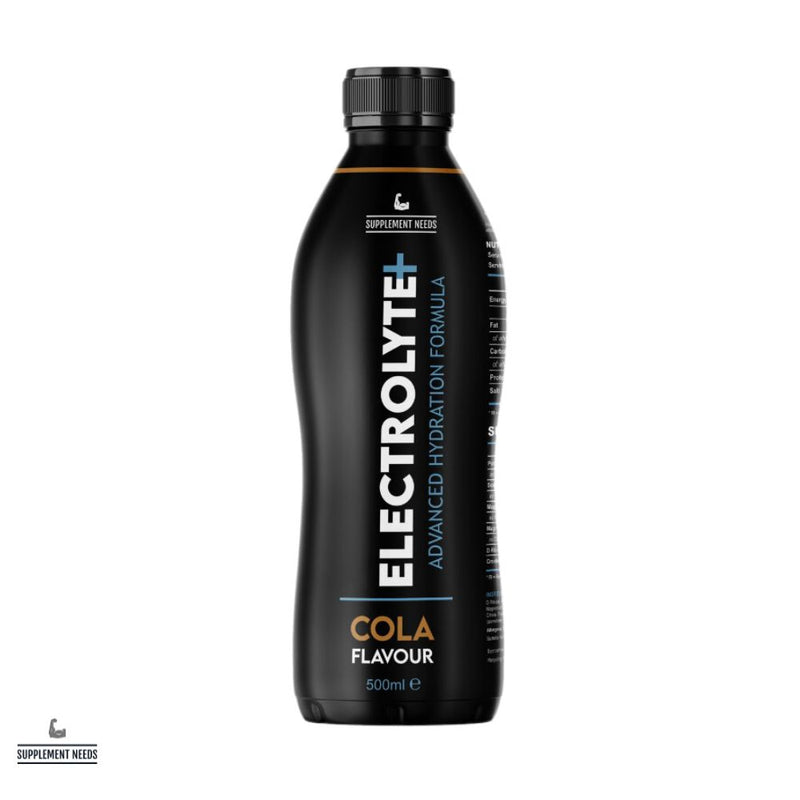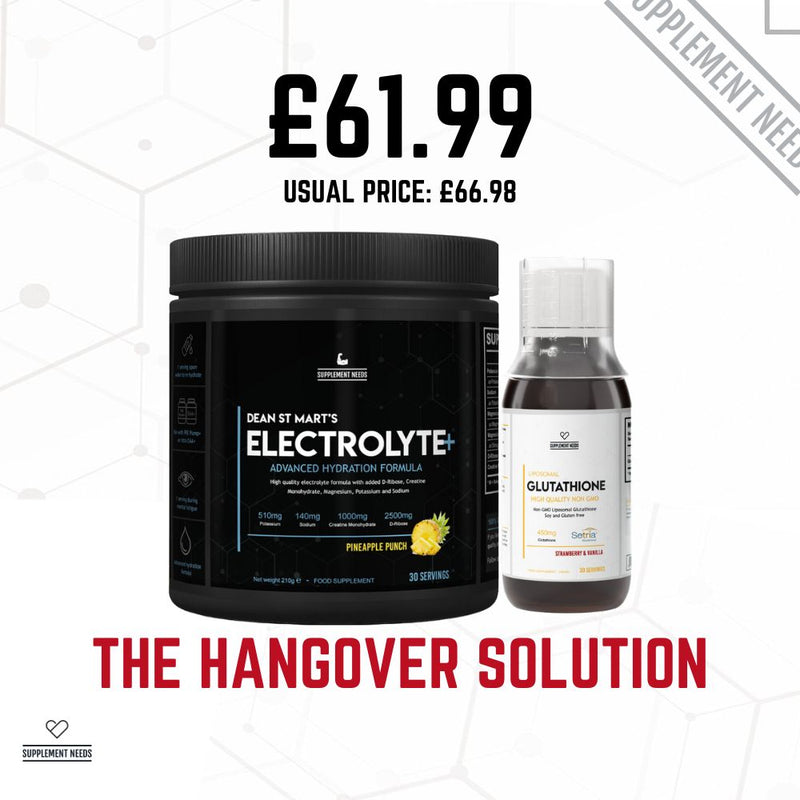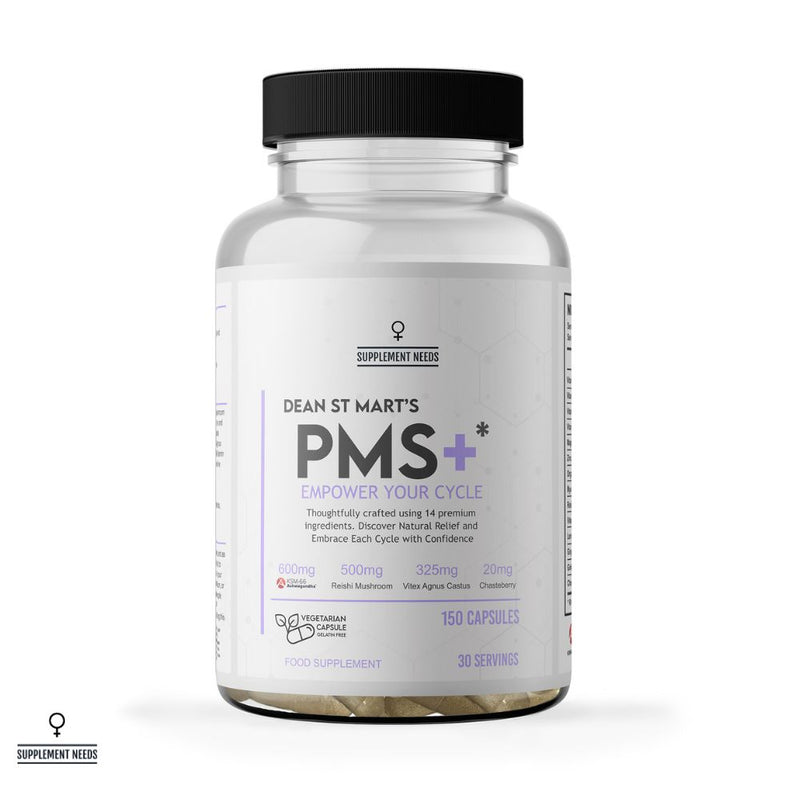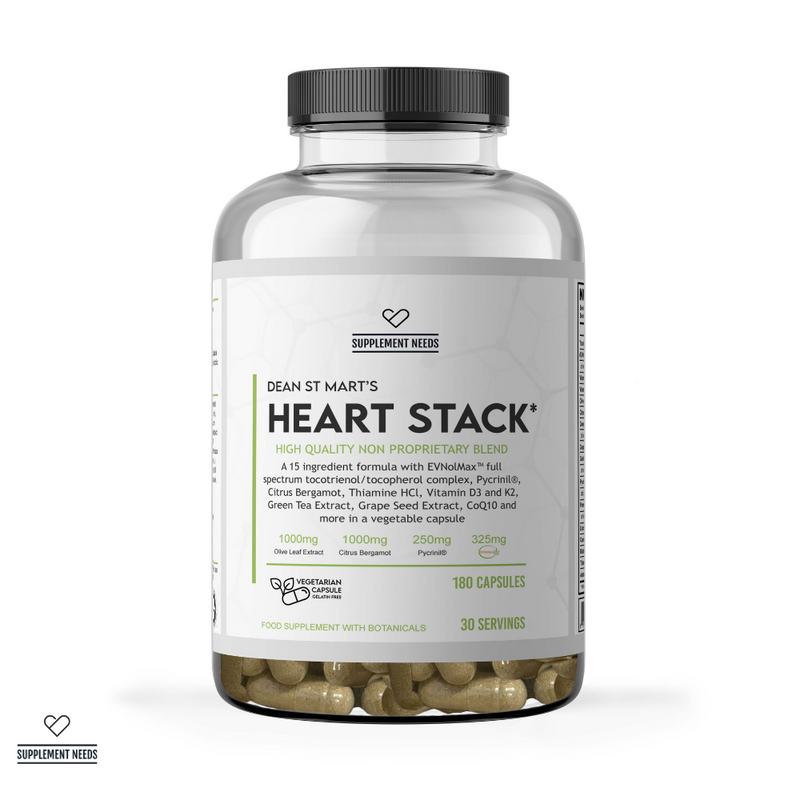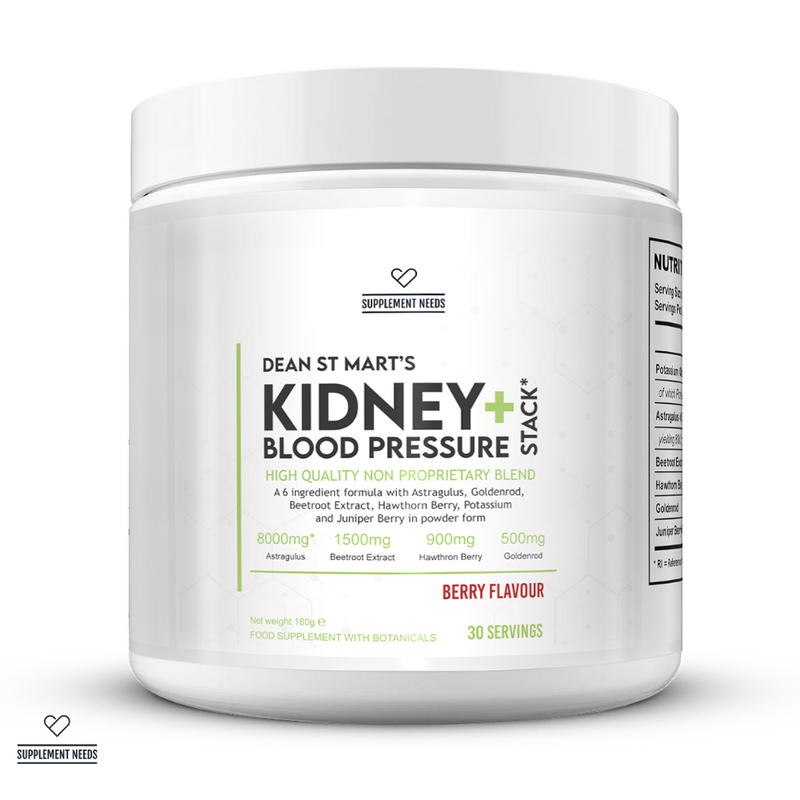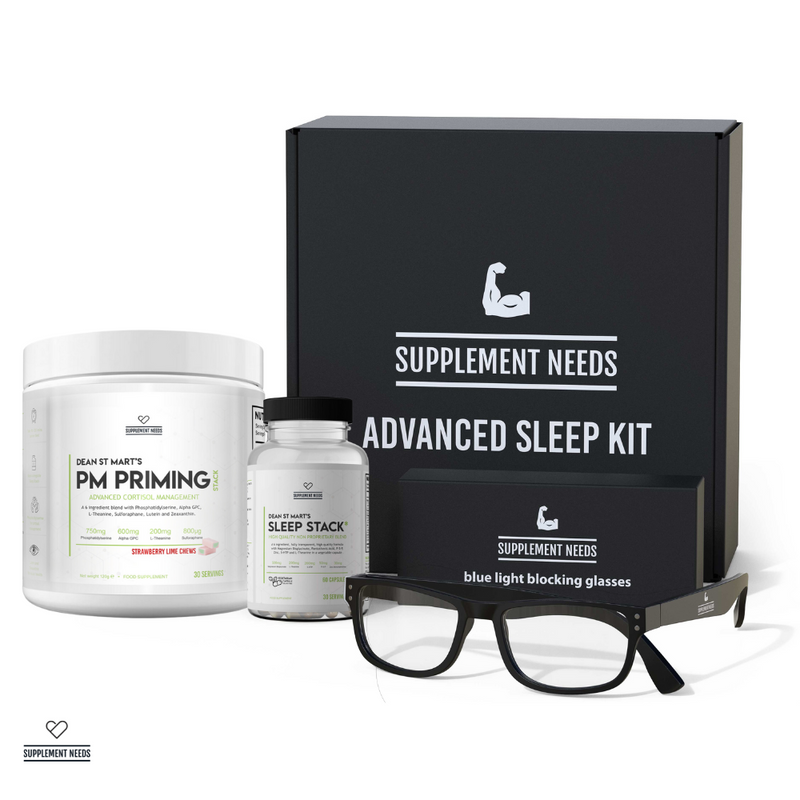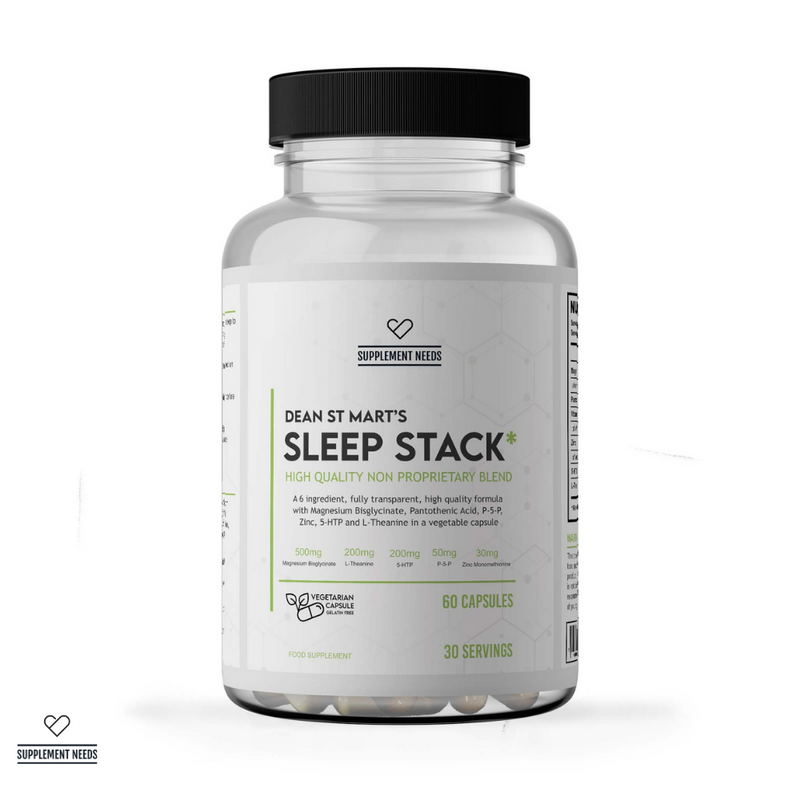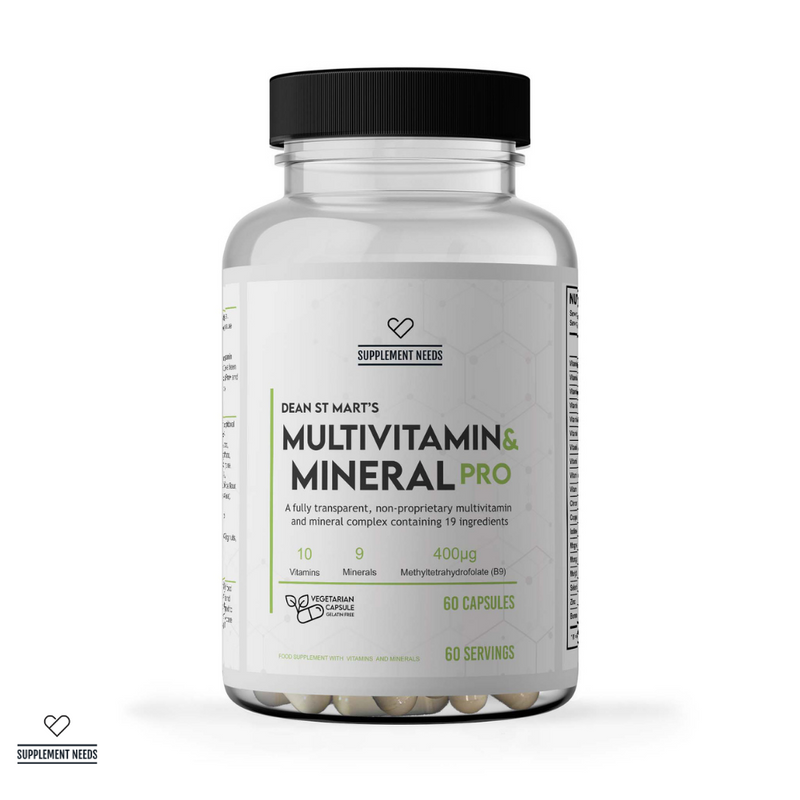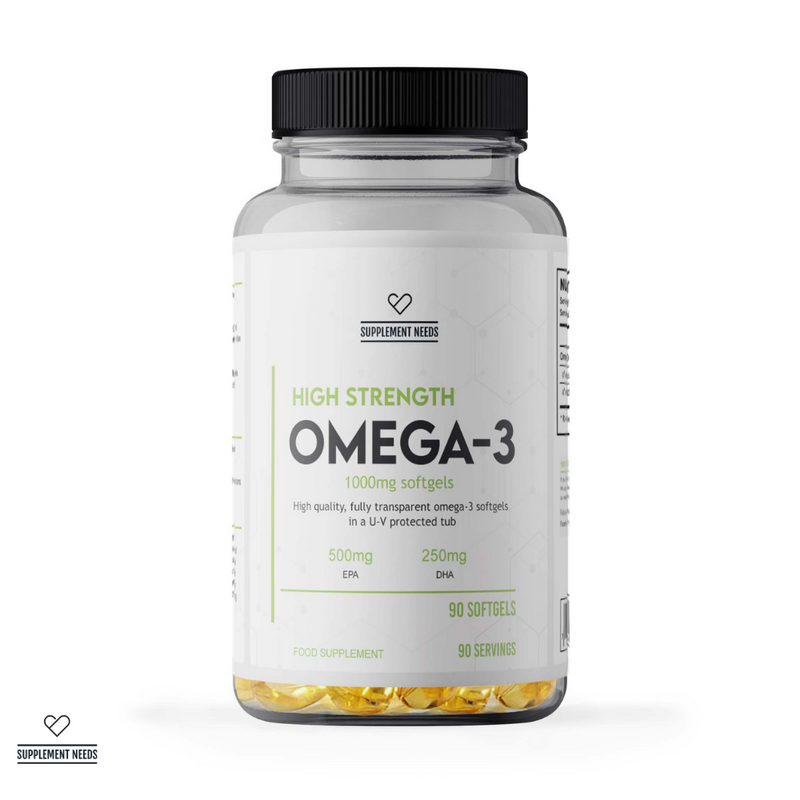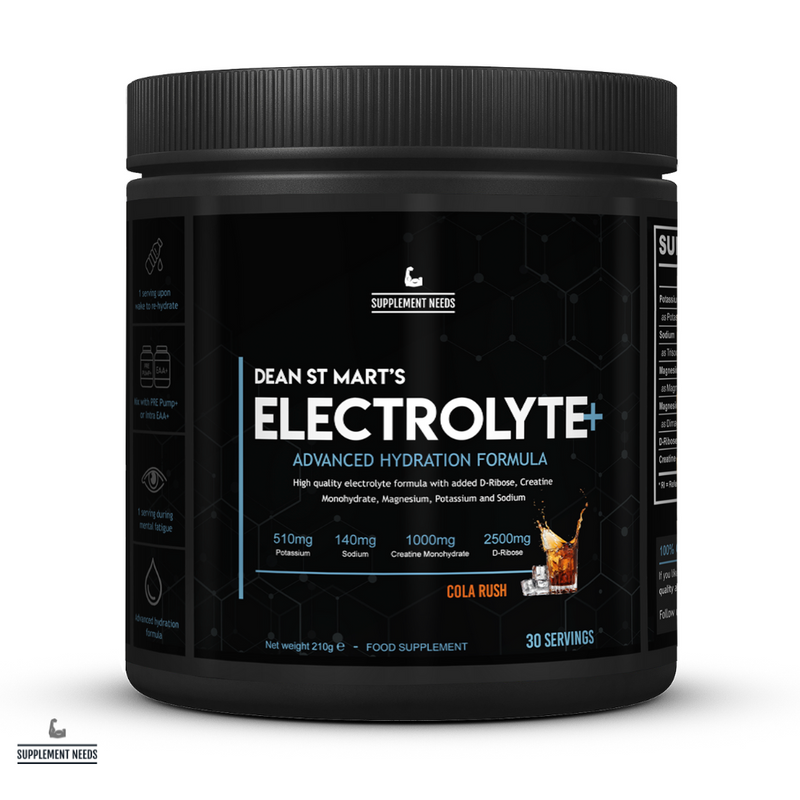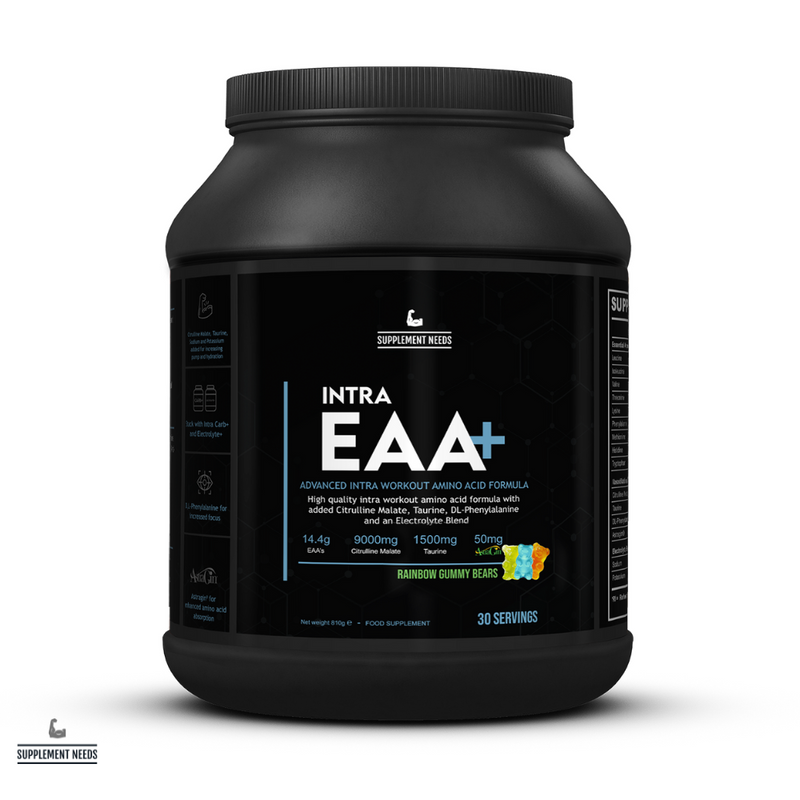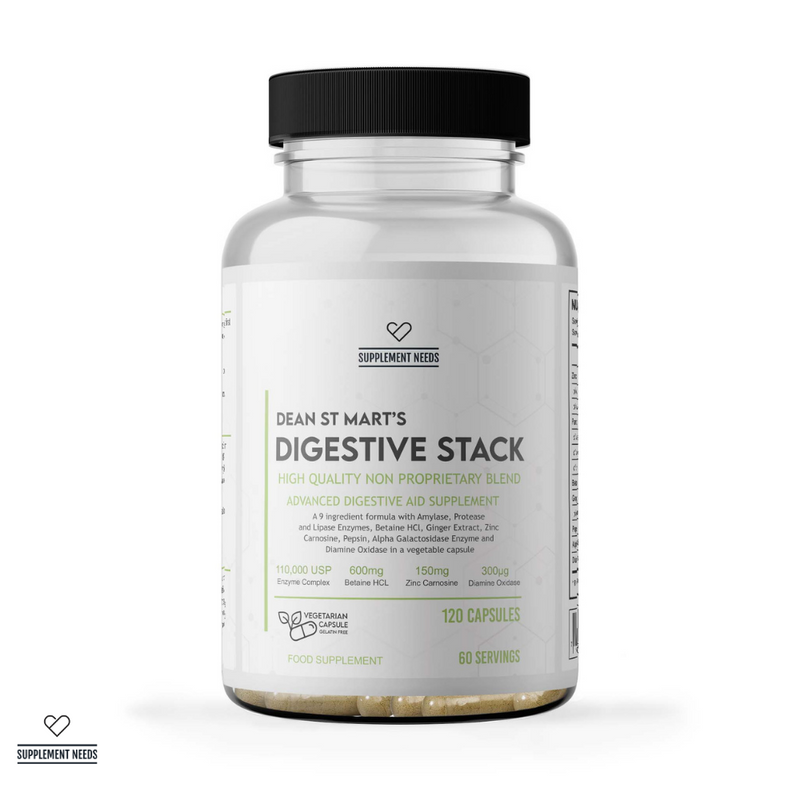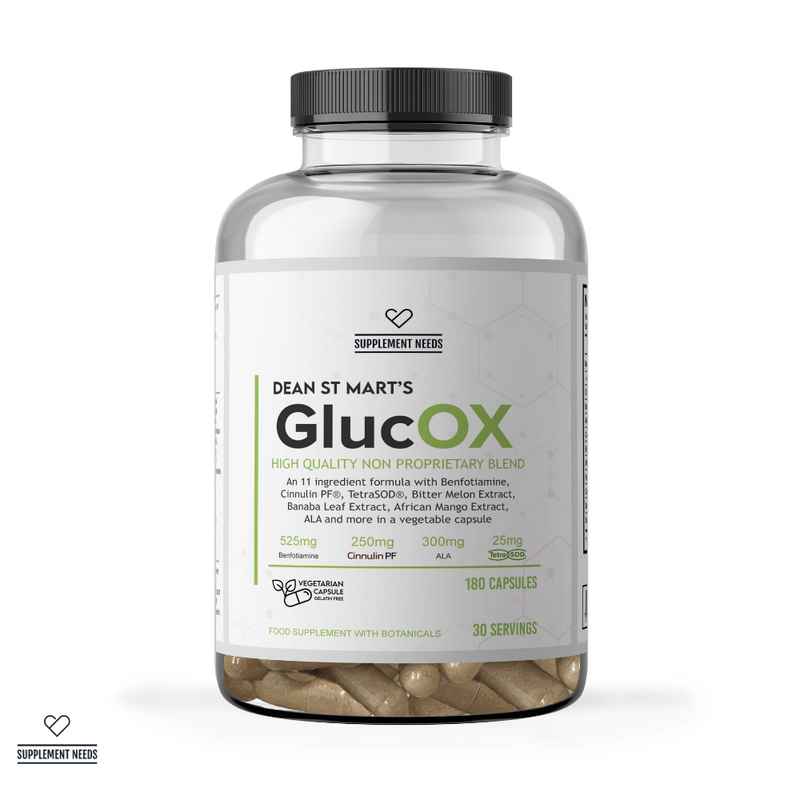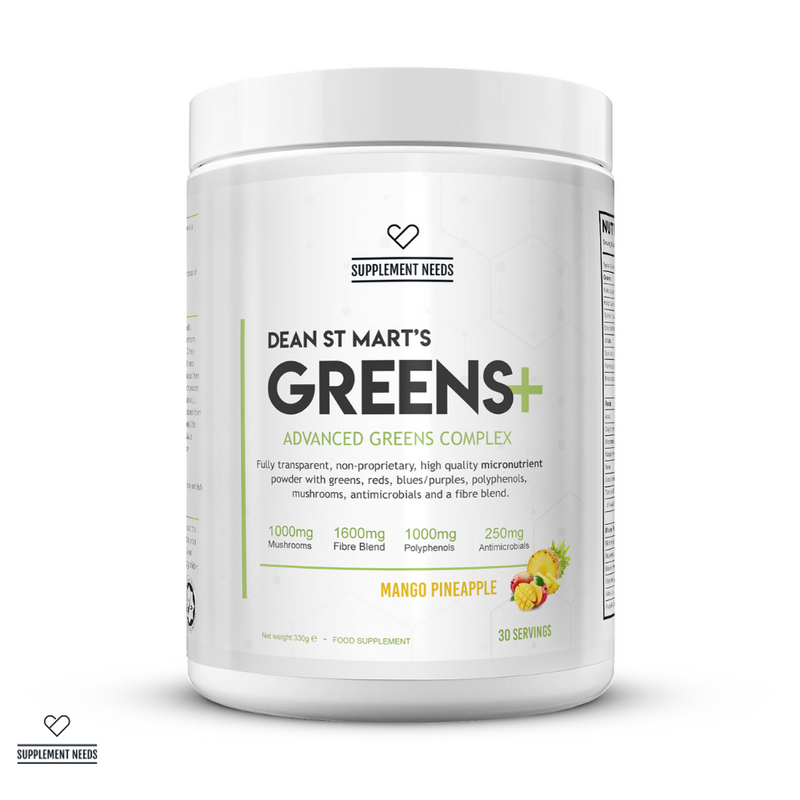EAAs, BCAAs, Creatine Monohydrate, Highly Branched Cyclic Dextrin, Glucose Disposal Agents
If you are just a beginner to nutritional and health supplements, all these acronyms and complex names can become very confusing. It’s no wonder people often fall for market hype and end up buying into products due to a flashy ad campaign or athlete endorsement when the quality of the product being sold may be under-par through either under dosing or low quality ingredients.
My hope with this article is to help easily breakdown some of the most well-known and supported, and dare I say it, “best” supplements for muscle gain and hypertrophy.
To start, let’s take a step back and define what exactly “supplements” are.
As the name suggests, a “supplement” in the context of bodybuilding is designed to provide support and assistance to an already existing healthy diet and resistance training program.
This assistance may come in the form of helping increase muscle protein synthesis to yield more muscle tissue, provide faster recovery so that more frequent training bouts may be undertaken or support physiological processes such as how the body manages and utilizes insulin in response to carbohydrate, or even manages inflammation.
They are definitely not necessary but they do offer benefits if budget allows.
From this, we could breakdown supplements into 4 simple key areas:
-
Protein Supplementation – Essential Amino Acids (EAAs), Branched Chain Amino Acids (BCAAs) and amino acid/protein sources such as Whey Protein.
- Recovery Supplementation – Carbohydrates and other energy yielding compounds like creatine, inflammation, joint and nervous system support.
-
Peri Workout Supplementation – Aid in pump, cellular hydration and mental focus.
- Health Supplementation – Organ health support.
Best supplements for protein supplementation?
First off, we know that Muscle Protein Synthesis (MPS) is controlled by the concentration of extracellular amino acids. This is simply the amount of amino acids within the blood either from infusion (if you were to have an intravenous drip) or by ingestion by mouth.
Of the 20 standard known amino acids, humans can only make 11; also known as the Non-Essential Amino Acids (NEAA). We know that amino acids are required as the nitrogen containing elements needed to synthesize and repair various substrates in the body like muscle tissue. This leaves human’s requiring 9 other amino acids as being “essential” or being required to be ingested from the diet. Of these 9 essential amino acids, we have 3 amino acids known as “Branched Chain” Amino Acids which include Valine, Leucine and Isoleucine.
So what does all this mean to a beginner when trying to figure out where to spend money on supplementation outside of focusing on food intake for overall amino acid/protein intake?
If we were to supply energy alone by eating carbohydrates or lipids/fats this would not prevent negative nitrogen balance (i.e. the breakdown of muscle protein) and only ingesting amino acids will keep this “nitrogen balance” positive. If our goal is to prevent muscle breakdown (muscle protein catabolism), then in theory ingesting an EAA source or more specifically consuming adequate amounts of Leucine will help to stimulate protein synthesis and inhibit protein degradation in response to mechanical breakdown of muscle tissue from resistance training.
For example, Supplement Needs Intra EAA+ is a full spectrum EAA supplement which provides 14.4g of Essential Amino Acids (EAAs) of which 12g are Branched Chain Amino Acids (6g Leucine, 3g Isoleucine, 3g Valine), alongside 9g of Citrulline Malate and 1.5g Taurine, 200mg D,L-Phenylalanine as a Dopamine precursor, 300mg Sodium Chloride and 100mg Potassium Citrate for hydration benefit; as well as 50mg Astragin for enhanced absorption all in a convenient 27g serving size.
This would be of perfect benefit to aid MPS in the peri-workout period (the time pre, during and after training) in conjunction with sufficient overall protein intake being obtained by diet (lean meats etc) or Whey Protein (derived from milk).
Of course, in the context of MPS and obtaining adequate Leucine, we can see how an EAA supplement like Intra EAA+ would benefit on top of adequate overall amino acid ingestion from diet also.
Remember, these products are to “supplement” an already existing base diet and help to provide support to a baseline protein intake. Relying on an EAA supplement alone won’t do much to ensure we are fully supporting mTOR activation and consequent MPS stimulation.
Best supplements for recovery supplementation?
Once we have covered our basic protein needs to ensure we maintain “positive nitrogen balance”, we could look to add a supplement which aids in glycogen replenishment post training to ensure that recovery is adequate for the next training bout. Liquid carbohydrate consumption can be an easy way to contribute to total daily requirements of carbohydrate if one was having difficulty obtaining them by diet alone.
Highly Branched Cyclic Dextrins (HBCDs) are an easily digestible carbohydrate source due to how they are assimilated in the gut. The high molecular weight and osmolarity means that the molecule passes efficiently into circulation providing a readily utilizable form of glucose to aid in recovery. For this reason, Patented Cluster Dextrin HBCD is within Intra Carb+ to offer enhanced recovery on top of adequate carbohydrate consumption from dietary sources. The easy uptake of HBCD ensures that carbohydrate is then readily available to process and generate glycogen post training to ensure there is sufficient glycogen for the next time the muscle tissue is trained.
We could then consider energy yielding systems within the body – adenosine triphosphate (ATP) and creatine phosphate (CP) being primarily the two most important. When creatine is supplemented, we are aiding in the replenishment of CP stores to provide an ergogenic benefit and increase the capacity for recovery and ATP turnover to fuel “work”. When combined with a carbohydrate source, creatine supplementation has the potential to aid in glucose uptake.
This is also why adding Creatine Monohydrate to your intra workout nutrition will aid with glycogen supplementation by helping enhance glucose uptake; but will also aid in cellular loading of CP. A standard dose of creatine monohydrate can range from 5 to 20g per day depending on if a loading phase is undertaken; however daily supplementation will negate the necessity to have a loading regimen.
Another often overlooked aspect of post workout recovery supplementation is the potential to help switch from a Sympathetic Nervous System (SNS) state which is our “fight or flight” response to a calmer Parasympathetic Nervous System (PNS) state “rest and digest”.
Supplements like AM Priming Stack which contains a full spectrum of adaptogens to help the body “adapt” to stress or PM Priming Stack with its specific ingredients to aid with caffeine clearance; allow the body and mind to settle into a ready PNS state for recovery.
Best supplements for peri-workout supplementation?
Then we look at peri-workout supplementation. Under this category, we can include anything that is consumed in the period pre-training, during training and post training. This could be any supplement which provides cognitive benefit or focus; aids in cellular hydration to ensure efficient nutrient transport and help drive a nasty pump.
Caffeine is probably the most well-known stimulant and does have some ergogenic benefits in the context of progressive overload training when taken in doses of 1-3mg/kg; of which why 200mg of combined PurCaf and Active Time Release Caffeine is only included in PRE Focus+.
However, caffeine’s stimulatory effects can cause sleep disturbance issues and most people are probably not aware of a class of supplements known as “nootropics” which are basically substances that may improve cognitive function, creativity, or motivation. Supplements like Alpha GPC found in PRE Focus+ offers both cognitive benefits as well as potential ergogenic benefits due to how it may influence muscular contractions.
Helping to support cellular hydration ensures there is an optimal balance between intra and extracellular hydration; and osmolarity which will effect blood volume, blood flow and ultimately the “pump”. Sodium, Potassium and Magnesium intake are critical to proper cellular function so when it comes to the peri-workout period we need to ensure we have sufficient electrolyte balance. Focusing on trying to obtain adequate Potassium should be the focus of any hard training athlete considering how abundant Sodium is within the diet and striving for almost 1:1 intake; and this taken care of with Electrolyte+ with its huge 510mg Potassium per 7g serving.
We could then look at what drives vasodilation (the expansion of blood vessels). The enzyme endothelial nitric oxide synthase (eNOS) drives the production of nitric oxide (NO) from Citrulline and Arginine. Therefore, one could look to supplement with free form L-Citrulline to support an increase in eNOS capability with clinical research showing 6-8 g being optimal. Having optimal vasodilation then would ensure that any peri-workout supplementation ingested would have a high likelihood of reaching targeted tissues during resistance training to fuel recovery and growth; optimally dosed within PRE Pump+.
Best supplements for health supplementation?
Certain decisions made by pursuing high level competitive bodybuilding can have deleterious effects on health for both natural and enhanced bodybuilders who may use AAS. When it comes to the “best supplements”, it would be more generally advisable to closely monitor bloodwork and health markers to assess where a deficit in health may be potentially occurring before blindly adding supplementation for the sake of it.
For example, lipid metabolism may be skewed due to dietary choice or AAS use and require support. Supplements such as Lipid Pro+ and Heart Stack may help to ensure High Density Lipoprotein (HDL) is effectively recycled to ensure levels remain in range and offset some of the negative health consequences associated with above average levels of Low Density Lipoprotein (LDL).
Or blood pressure may be effected due to increased mineral retention and poor hydration for which Electrolyte+ and Kidney+Blood Pressure powder are two convenient ways to address.
Overall, we want to ensure we are addressing the root causes of disease, than just band-aiding the symptom.
Closing thoughts
Ultimately, budget will always dictate what supplementation can be used on top of a balanced and well-structured diet.
No supplement is a magic fix.
The world of supplementation can be quite confusing.
We have all these acronyms and biological mechanisms to try have to understand whilst also having to be subjective in the label claims being made by manufacturers.
Are the product claims being well established and backed by clinical research?
Are the quality of the raw ingredients being fully disclosed and of patentable quality?
Am I really receiving exactly what is labelled on the tub, and that there are no inter-batch differences between product manufacture runs?
Rest assured, Supplement Needs will always endeavour to continue to provide unrivalled quality in the realm of supplementation.
